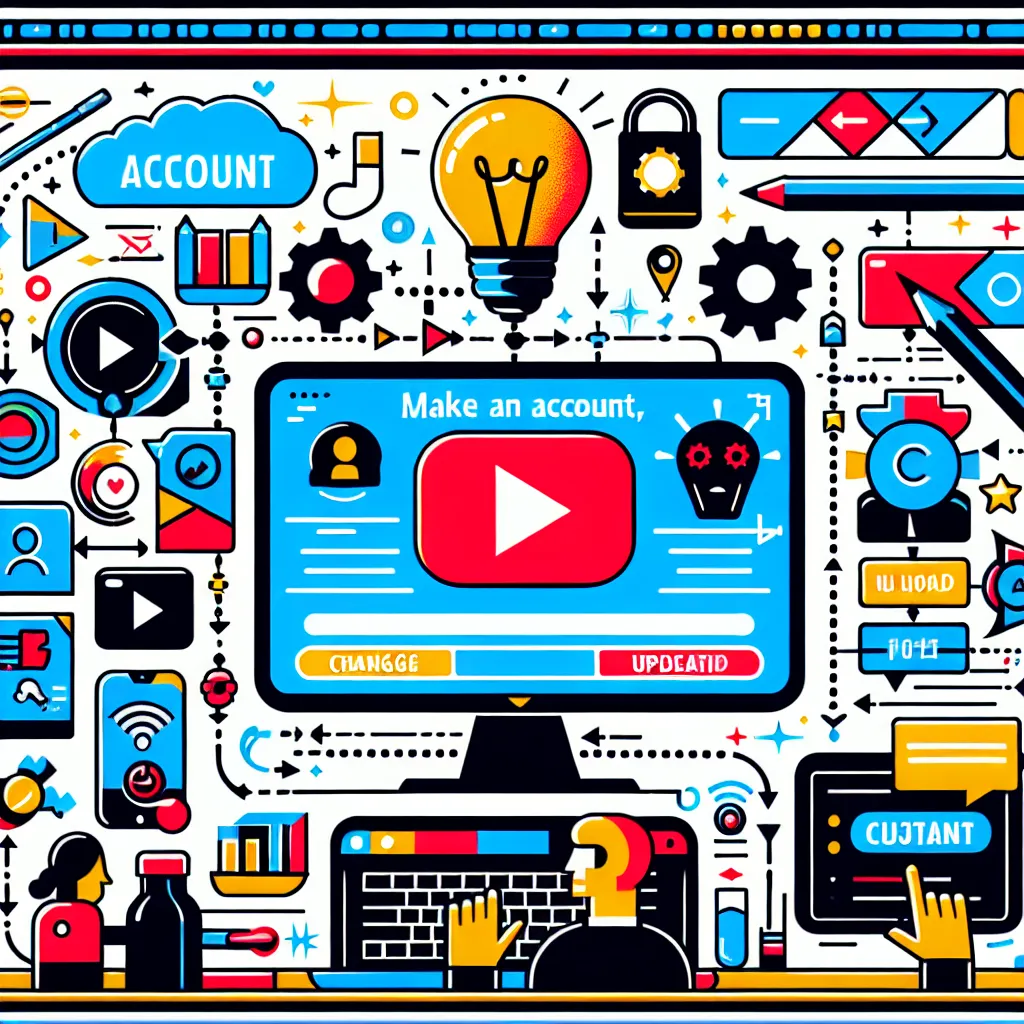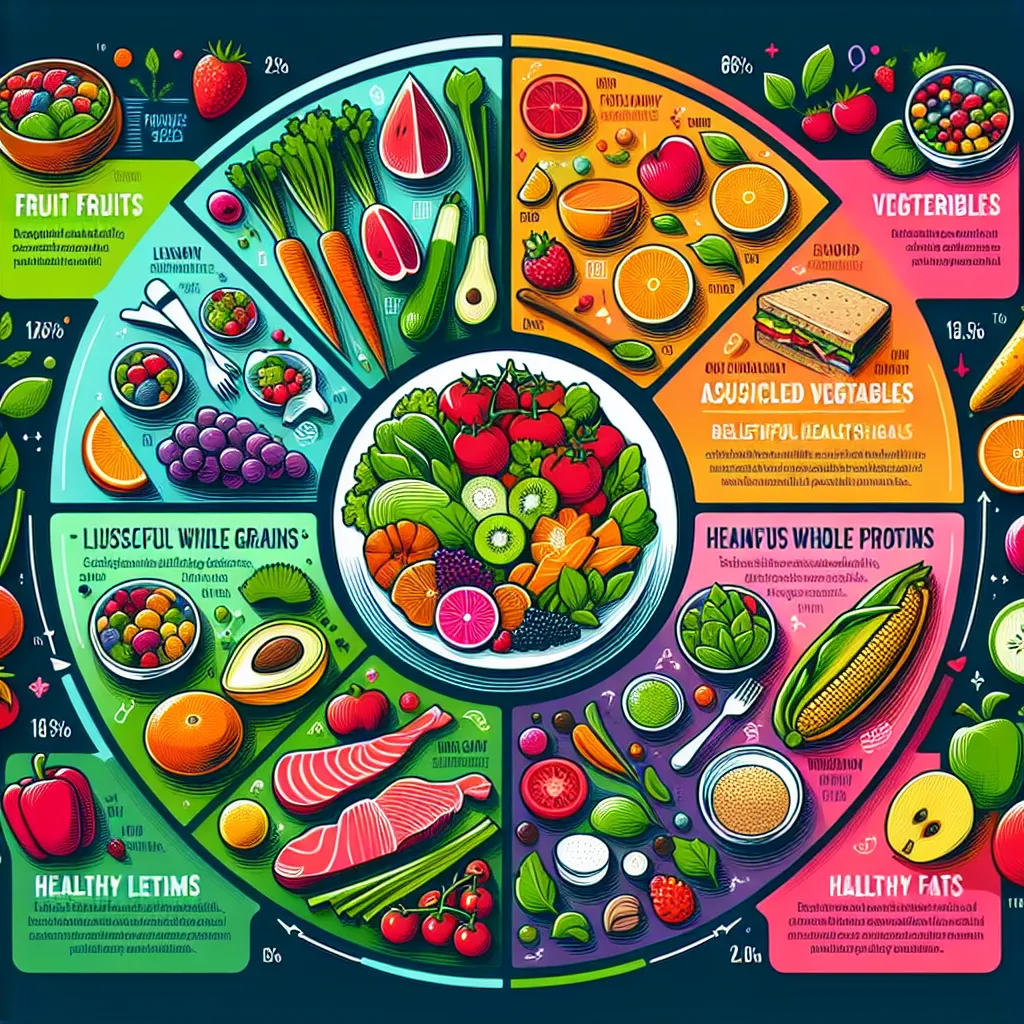IELTS Reading is a crucial component of the IELTS exam, testing candidates’ ability to comprehend complex texts and answer various question types. Today, we’ll focus on a topic that has become increasingly relevant in recent years: starting a YouTube channel. This subject has appeared in several IELTS Reading passages, reflecting its growing importance in our digital age. Given its current popularity and the continuous evolution of online content creation, it’s likely that similar themes may reappear in future IELTS exams.
Nội dung bài viết
Let’s dive into a practice Reading passage on this topic, followed by questions and analysis to help you prepare for the IELTS Reading test.
Reading Passage
How to Start a YouTube Channel
In the digital age, YouTube has emerged as a powerful platform for content creators, influencers, and businesses alike. With over 2 billion logged-in monthly users, it offers an unparalleled opportunity to reach a global audience. However, starting a successful YouTube channel requires more than just hitting the upload button. This guide will walk you through the essential steps to launch your own YouTube channel and set yourself up for success.
The first step in creating a YouTube channel is to define your niche and target audience. What type of content do you want to produce? Who is your ideal viewer? Understanding these aspects will help you create focused, engaging content that resonates with your audience. Popular niches include vlogs, tutorials, product reviews, and educational content, but the possibilities are endless. Research your chosen niche to identify gaps in the market that you can fill with your unique perspective or expertise.
Once you’ve determined your niche, it’s time to set up your channel. Start by creating a Google account if you don’t already have one, as this will be linked to your YouTube channel. Next, customize your channel by adding a profile picture, channel art, and a compelling “About” section that clearly communicates what viewers can expect from your content. Remember, first impressions matter, so make sure your channel looks professional and inviting.
Before you start filming, invest in some basic equipment to ensure your videos look and sound professional. While you don’t need top-of-the-line gear to get started, a decent camera or smartphone, a microphone, and good lighting can significantly improve the quality of your content. As your channel grows, you can upgrade your equipment gradually.
Content planning is crucial for maintaining a consistent upload schedule and keeping your audience engaged. Create a content calendar outlining your video ideas, filming schedules, and upload dates. Aim for a regular posting schedule, whether it’s weekly, bi-weekly, or monthly, to help build audience anticipation and loyalty.
When it comes to creating your videos, focus on providing value to your viewers. Whether you’re entertaining, educating, or inspiring, make sure each video serves a purpose. Pay attention to your video titles, descriptions, and tags, as these elements play a crucial role in YouTube’s search algorithm. Use relevant keywords to help your content appear in search results and suggested videos.
Engagement is key to growing your channel. Encourage viewers to like, comment, and subscribe to your channel. Respond to comments and create a community around your content. Collaborate with other YouTubers in your niche to cross-promote and reach new audiences.
Finally, be patient and persistent. Building a successful YouTube channel takes time and effort. Analyze your channel’s performance using YouTube Analytics to understand what’s working and what isn’t. Use this data to refine your content strategy and continuously improve your videos.
Remember, the most successful YouTubers are those who are passionate about their content and committed to their audience. Stay authentic, keep learning, and enjoy the journey of building your YouTube channel.
 YouTube Channel Setup
YouTube Channel Setup
Questions
True/False/Not Given
For questions 1-5, decide if the statements are TRUE, FALSE, or NOT GIVEN based on the information in the passage.
- YouTube has over 2 billion monthly active users.
- A Google account is required to create a YouTube channel.
- High-end equipment is necessary to start a YouTube channel.
- Collaborating with other YouTubers is not recommended for new channels.
- YouTube Analytics can help content creators improve their videos.
Matching Headings
Match the following headings (A-F) to the correct paragraphs (6-9) in the passage. There are more headings than paragraphs, so you will not use all of them.
A. Equipment Essentials
B. Defining Your Niche
C. Engaging with Your Audience
D. Setting Up Your Channel
E. Content Creation Strategies
F. Monetization Methods
- Paragraph 2: _____
- Paragraph 3: _____
- Paragraph 4: _____
- Paragraph 7: _____
Multiple Choice
Choose the correct letter, A, B, C, or D for questions 10-12.
-
According to the passage, what is the first step in creating a YouTube channel?
A. Setting up a Google account
B. Defining your niche and target audience
C. Investing in equipment
D. Creating a content calendar -
What does the passage suggest about posting schedules?
A. Daily uploads are necessary for success
B. Irregular posting is preferred
C. A consistent schedule helps build audience loyalty
D. Posting frequency doesn’t matter -
Which of the following is NOT mentioned as a way to grow your YouTube channel?
A. Responding to comments
B. Using relevant keywords in titles and descriptions
C. Paying for advertising
D. Collaborating with other YouTubers
Answer Key and Explanations
-
TRUE – The passage states “With over 2 billion logged-in monthly users…”
-
TRUE – The text mentions “Start by creating a Google account if you don’t already have one, as this will be linked to your YouTube channel.”
-
FALSE – The passage says “While you don’t need top-of-the-line gear to get started…”
-
NOT GIVEN – The passage actually encourages collaboration, stating “Collaborate with other YouTubers in your niche to cross-promote and reach new audiences.”
-
TRUE – The text states “Analyze your channel’s performance using YouTube Analytics to understand what’s working and what isn’t.”
-
B – This paragraph discusses choosing a niche and understanding your target audience.
-
D – This paragraph explains how to set up and customize your YouTube channel.
-
A – This paragraph talks about investing in basic equipment for your videos.
-
C – This paragraph focuses on engaging with viewers through likes, comments, and community building.
-
B – The passage states that defining your niche and target audience is the first step.
-
C – The text mentions “Aim for a regular posting schedule… to help build audience anticipation and loyalty.”
-
C – Paying for advertising is not mentioned in the passage as a way to grow your channel.
Common Mistakes
When tackling IELTS Reading passages like this one, candidates often make the following mistakes:
- Overlooking key words: Pay close attention to qualifiers like “all,” “some,” “never,” etc., as they can change the meaning of a statement.
- Rushing through the passage: Take time to understand the overall structure and main ideas before attempting the questions.
- Relying on prior knowledge: Base your answers solely on the information provided in the passage, not on what you already know about the topic.
- Misinterpreting “Not Given”: Remember that “Not Given” means the information is neither confirmed nor contradicted by the passage.
Vocabulary
Here are some challenging words from the passage along with their definitions:
- Unparalleled (adjective) /ʌnˈpærəleld/ – having no equal; exceptional
- Niche (noun) /niːʃ/ – a specialized segment of the market for a particular kind of product or service
- Resonates (verb) /ˈrezəneɪts/ – evokes a feeling of shared emotion or belief
- Anticipation (noun) /ænˌtɪsɪˈpeɪʃn/ – the action of anticipating something; expectation or prediction
- Persistent (adjective) /pəˈsɪstənt/ – continuing firmly or obstinately in an opinion or course of action in spite of difficulty or opposition
Grammar Focus
Pay attention to the use of imperative sentences in the passage. These are direct commands or instructions, often used in guides or tutorials. For example:
- “Start by creating a Google account…”
- “Remember, first impressions matter…”
- “Aim for a regular posting schedule…”
These imperative sentences help structure the text as a step-by-step guide, making it easier for readers to follow the instructions for starting a YouTube channel.
Tips for IELTS Reading Success
- Practice active reading: Engage with the text by underlining key points and making mental summaries as you read.
- Improve your time management: Allocate your time wisely between reading the passage and answering questions.
- Expand your vocabulary: Regularly learn new words and their contextual usage to improve your comprehension speed.
- Practice with various question types: Familiarize yourself with all IELTS Reading question formats to build confidence.
- Read widely: Expose yourself to different topics and writing styles to enhance your overall reading skills.
Remember, success in IELTS Reading comes with consistent practice and a strategic approach. Keep refining your techniques, and you’ll see improvement over time. Good luck with your IELTS preparation!
If you’re looking for more IELTS practice materials, check out our guide on how to prepare for IELTS at home effectively. For those interested in improving their speaking skills, we also offer tips on how to practice IELTS speaking online for free.


